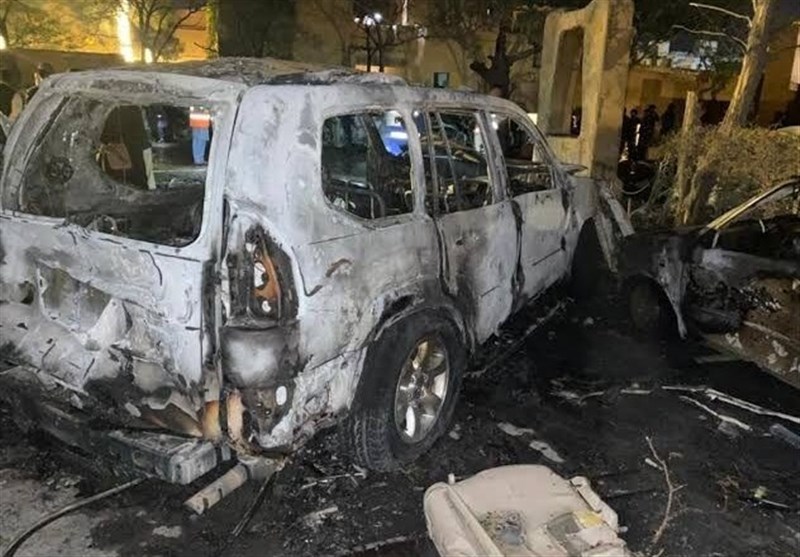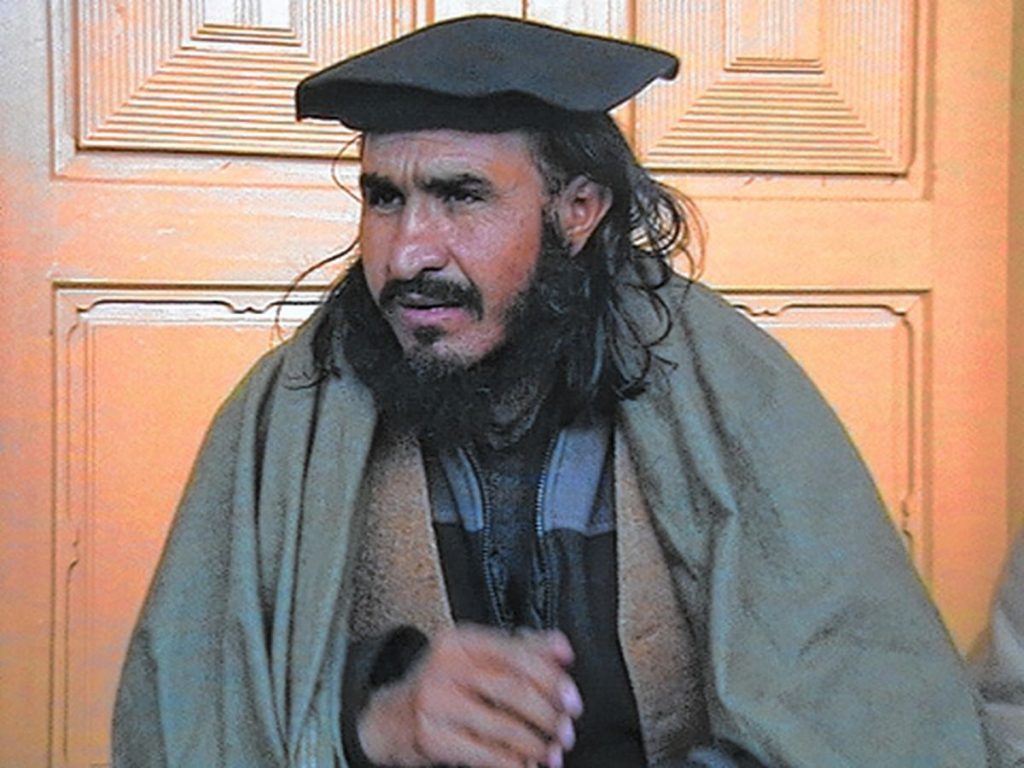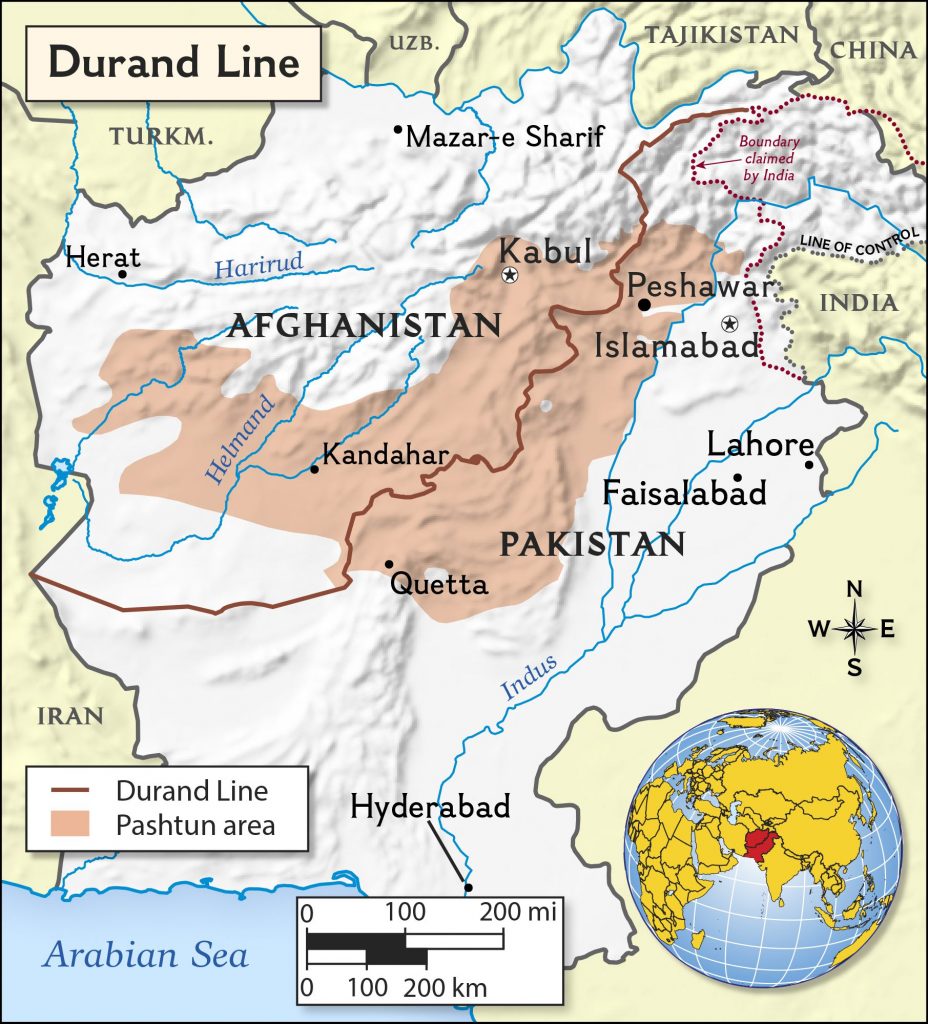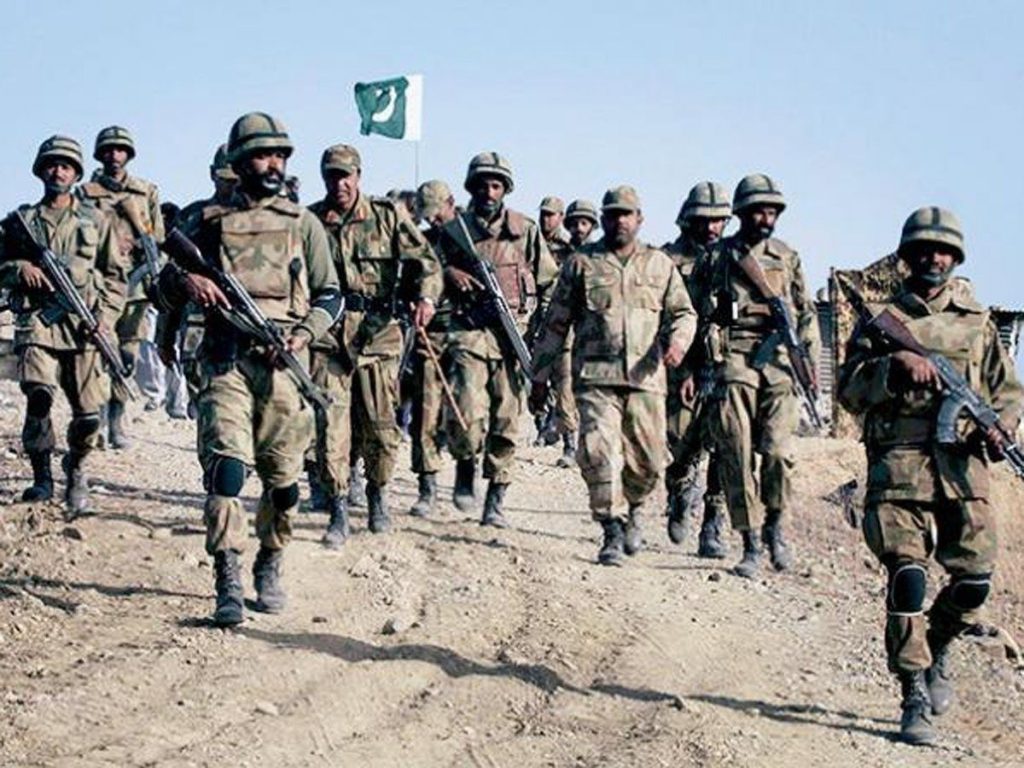Pakistani Taliban a Cause of Concern For Islamabad
Reversal of Fortunes
The attacks carried out by Tehrik-e-Taliban Pakistan (TTP) aka Pakistan Taliban have increased to the highest level in over four years as the US left Afghanistan and the Afghan Taliban took power.

TTP has been emboldened by the developments in next-door Afghanistan. This has complicated the internal security scenario for Pakistan as the country is also fighting the Baloch insurgency in its province of Balochistan. It was believed for some time now that TTP has been marginalized and in disarray. As Pakistan army operations had ousted the Taliban insurgents from their most prized tribal sanctuary.
But now this terror soutfit has experienced a reversal of fortunes, through the merger of various splinter factions and change of circumstances in Afghanistan. Tehrik-e-Taliban Pakistan renewed its pledge of allegiance to the Afghan Taliban after the fall of Kabul.
Also, the Afghan Taliban freed hundreds of TTP operatives, including the group’s deputy leader, Maulvi Faqir Mohammad, who was detained by Afghan authorities in 2013. And was jailed in Pul-E-Charki prison situated on the outskirts of capital Kabul. A U.N. Security Council report in July 2021 estimated the TTP had 6,000 trained fighters on the Afghan side of the border.


No clear path to peace
Pakistani deep state has asked the Afghan Taliban to help in negotiations with the TTP. Presumably, to facilitate formal talks, Pakistan’s government offered amnesty if TTP leaders would disarm their fighters and accept the constitution as the supreme law of the land.
This offer has been rejected by TTP on the grounds that there can be no dialogue with the state unless sharia law is fully implemented in the country.

While Pakistan still expects its Afghan Taliban allies to rein in the TTP. Taliban leaders have no pressing reason to alienate their TTP allies—a calculus that exposes the Taliban to charges of betraying the jihadist project and risking dissension in its own ranks by bowing to Pakistan’s demands.
Also, the Afghan Taliban’s leverage over the Pakistani Taliban is limited as well. Even If the Afghan Taliban tried to force the TTP, on persuasion from Pakistan then some of its commanders can join Islamic State Khorasan (ISK).

Moreover, TTP’s rhetoric is consistent with the Afghan Taliban’s stand of not recognizing the Durand Line as a legitimate border and opposing its fencing by Pakistan because it has divided the Pashtun tribes. Hence Afghan Taliban doesn’t want to make TTP an enemy.
Revive and regroup
TTP’s emir, Mufti Nur Wali Mehsud is working extensively to revive the group by bringing in those who had parted ways with the TTP since 2014. He is able to unite many old commanders and their groups under the banner of TTP.

In July 2020 Hakimullah Mehsud Group headed by commander Mukhlis Yar and Amjad Farouqi group has joined the ranks. In August last year the Ameer Usman Saifullah Kurd group of Lashkar-e-Jhangvi, headed by Maulvi Khush Muhammad Sindhi also joined.
Most importantly the two major and violent Taliban factions Jamaat-ul-Ahrar (JuA) under Omar Khalid Khurasani and Hizb ul-Ahrar (HuA) led by Omar Khurasani re-joined the TTP conglomerate last year.
TTP is not a monolith. In December 2007, about 13 groups united under Baitullah Mehsud to form the organization. Current leader Noor Wali Mehsud realizes the fact that TTP cannot work as a centralized organization. Any attempts to impose greater control and central decision-making from the higher leadership had been one of the main causes of the group’s disintegration in the past. So, he has adopted a more ‘federal’ approach to rebuilding the TTP, allowing the junior commanders to retain a large degree of autonomy under the TTP umbrella.
As a result of this approach, the majority of the splinter groups have now come back together, and most of the remaining ones are negotiating with Noor Wali.

Renewed vigor
Hence with its allies coming to power in Kabul and strengthening of its own organizational structure, Pakistani Taliban poses a much greater risk for Islamabad. As a matter of fact, Tehreek-I-Taliban Pakistan still remains the largest militant group in Pakistan.
The real operational strengths of the Pakistan Taliban are its affiliates and support networks, which still exist inside Pakistan and neighboring Afghanistan. They may not be able to control large swaths of territory in tribal areas as they used to do till 2014. But can definitely launch a new wave of terrorist attacks across Pakistan if not checked in time.


It will be right to say that Pakistan Taliban is rising from the ashes and no longer wants to lie low and keep a low profile it’s getting bolder with each passing day. Also, they see Afghan Taliban as a role model and aspire to adopt their pathway which TTP thinks will lead it to success one day.
It is high time that Pakistan’s national security apparatus takes the threat of TTP seriously and comes up with a good strategy to tackle it.
(Author is a political analyst for Middle-East and Af-Pak region and Editor of the geo-political news agency ViewsAround can be reached at manishraiva@gmail.com. Additional editing by Wyatt Lim)

